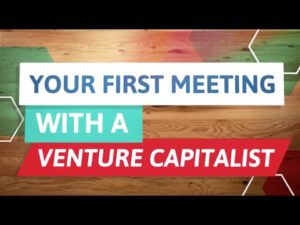Trump vs. Clinton and the Tax Plans We Could End Up With

If someone asked you to explain the differences between the two presidential candidates’ tax plans would you be able give a clear explanation? If you answered “no” most likely you aren’t alone. It’s not uncommon during a presidential election for most voters to be confused at what the candidates are actually promising or proposing. With so much back-and-forth rhetoric, it’s hard to know what each candidate really has in store.
According to Donald Trump, he wants to reduce taxes for everyone in America, especially middle-income Americans. According to numerous reports, Mr. Trump’s plan would reduce the tax system to just three tax brackets, with the top rate dropping from its current mark of 39.6 percent down to 33 percent. He also said that the wealthy would still pay their fair share, but not so much that it hinders the country’s ability to compete.
On the other hand, Hilary Clinton has yet to describe in detail what her tax plans for the middle class would be, or how they would be affected. However, she has made it clear that she wants to raise taxes on the ultra wealthy. Mrs. Clinton has stated that she wants anyone who makes more than a million dollars a year to pay a minimum of 30 percent, whether it’s from income or from capital gains. She would also like anyone who makes more than $5 million to pay an extra 4 percent.
Under Mrs. Clinton’s plan the top 1 percent would end up paying three-fourth’s of the additional taxes being collected, whereas under Mr. Trump’s plan the wealthy would be getting a tax cut of about 5.3 percent. Meantime, both candidates reportedly agree on eliminating the carried interest loophole that offers hedge fund managers a heavily discounted tax rate. Lastly, Mr. Trump wants to eliminate the estate tax completely, while Mrs. Clinton wants to raise it, as well as lower the threshold at which it starts to apply.
http://www.npr.org/2016/09/12/493573601/do-hillary-clinton-and-donald-trumps-tax-proposals-add-up
Venture Capital – The First Meeting
Venture Capital – The First Meeting By Dr. Earl R. Smith II The Acceleration Lane I do a lot of work with companies seeking financing. Whether it is a first-round or follow-on, funding for further research and development or marketing and branding efforts, equity or debt financing, a start-up or mid-market company or financing to…
Venture Leasing – A Smarter Way To Build Enterprise Value
Venture Leasing – A Smarter Way To Build Enterprise Value By George Parker In 2003, venture capitalists and investors dispensed over $18 billion to promising young U.S. companies, according to VentureOne and Ernst & Young Quarterly Venture Capital Report. Less documented and reported is venture leasing’s activity and volume. This form of equipment financing contributes…
Understanding the Venture Capital Investor
Understanding the Venture Capital Investor By Gerard Brandon Promoting your Business to Venture Capital Investors is an attractive proposition. The investments are larger than you would get from friends, family and Angel Investors, and often they are more willing to invest in subsequent fund raising rounds. But Venture Capital investors are not always the easiest…
Defining the First Six Stages of a Business in the Venture Capital World
Defining the First Six Stages of a Business in the Venture Capital World Stage 1 Enterprise has no product revenue to date and limited expense history, and typically an incomplete management team with an idea, plan, and possibly some initial product development. Typically, seed capital or first-round financing is provided during this stage by friends…




